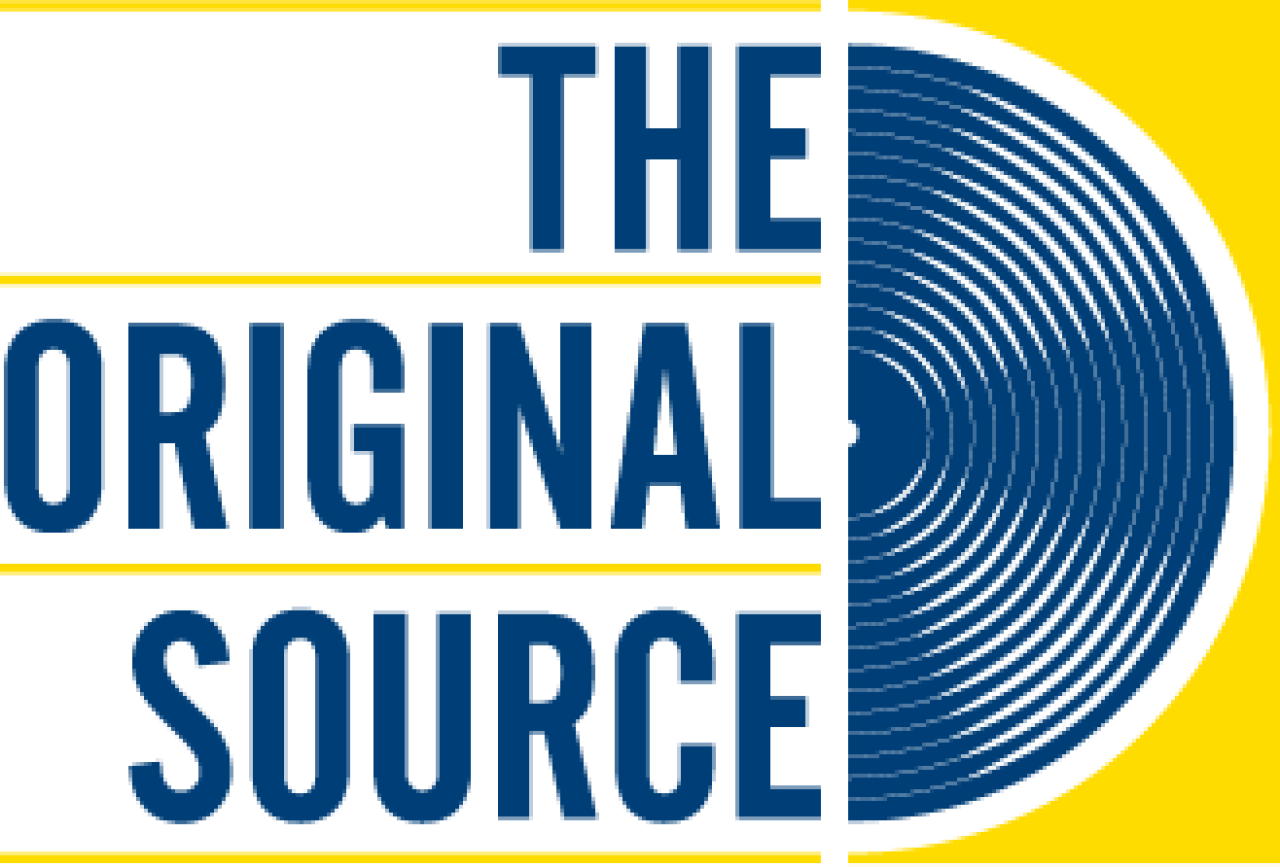Technical Background
Tapes
The fact that DG’s original tapes can still be played without much trouble is not to be taken for granted. More often than not, magnetic tapes that are decades old are damaged due to chemical decomposition or improper storage. Luckily, the quality of the AGFA PER 525, BASF SPR50-LH and Scotch 202 tapes that were used by DG at the time is outstanding. Unlike many other tape types, these show no signs of decomposition, even after 50 years. Additionally, DG has always been mindful about storing magnetic tapes in ideal conditions. Even by today’s standards, the amount of noise and distortion is very low, thanks to high recording levels and the newly developed Dolby-A noise reduction system.
Tape Machine
The Studer A80 tape machine used by Emil Berliner Studios is originally from DG’s former Recording Centre in Hanover. After the advent of digital recording technology, the tape machine was modified for lacquer cutting at first. For the Original Source Series, another modification was made in 2022, with the installation of two new 4-track tape heads and additional playback amplifiers for preview and modulation channels.
Mixing and Mastering
The connecting device between 4-channel recording and stereo LP is a custom-built, passive channel mixer. Next in the signal path is the rare Georg-Neumann SP79 mastering console, which is used for analogue signal processing. In order to prepare the audio signal for cutting, analogue effect devices can be inserted into the signal path. These are used sparingly and with great care, if at all. A reduction of stereo width in the low end, as is unavoidable with DMM, does not come into play here.
Echo Chamber
A number of these “Quadro” recordings call for additional reverb. Adding artificial reverb to an existing recording is not a new concept: it was already common practice in the original 1970s mixes. Today, Emil Berliner Studios use an echo chamber of about 400 cubic meters, which is connected directly to the SP79 mastering console. By using a second tape machine as an analogue tape delay, any amount of pre-delay can be created for the reverb. This allows for adjusting the room size according to the repertoire.
Cutting Amplifiers and Lathe
The powerful Class-A Ortofon GO 741 cutting amplifiers are yet another unique feature in the signal path. They were developed over many years of close collaboration between DG and the Danish manufacturer. These amplifiers work extremely well with DG’s Neumann SX-74 cutter heads.
While the initial releases were cut on a lathe of the previous model, the Neumann VMS 70, Emil Berliner Studios is now using a Neumann VMS 80 for disc-cutting. This is the last type of lacquer cutting lathes made by Neumann and, to this day, state of the art. Emil Berliner Studios are using a custom-made diamond cutting stylus, as opposed to sapphire cutting styli, which are commonly used today. Since diamond is naturally harder than sapphire, it is possible to polish more precise facets and angles, which has a positive effect on groove geometry and overall sound quality. For cutting the so-called soft masters, EBS uses lacquer discs from Japanese manufacturer MDC. To eliminate the danger of pre- and post-echoes at the cutting stage, an echo suppression system developed by DG in the 1980s is used. Immediately after the cutting process, the lacquers are transported to the factory via courier to be processed right away.
Rainer Maillard
Recording Producer and Managing Director
Emil Berliner Studios
